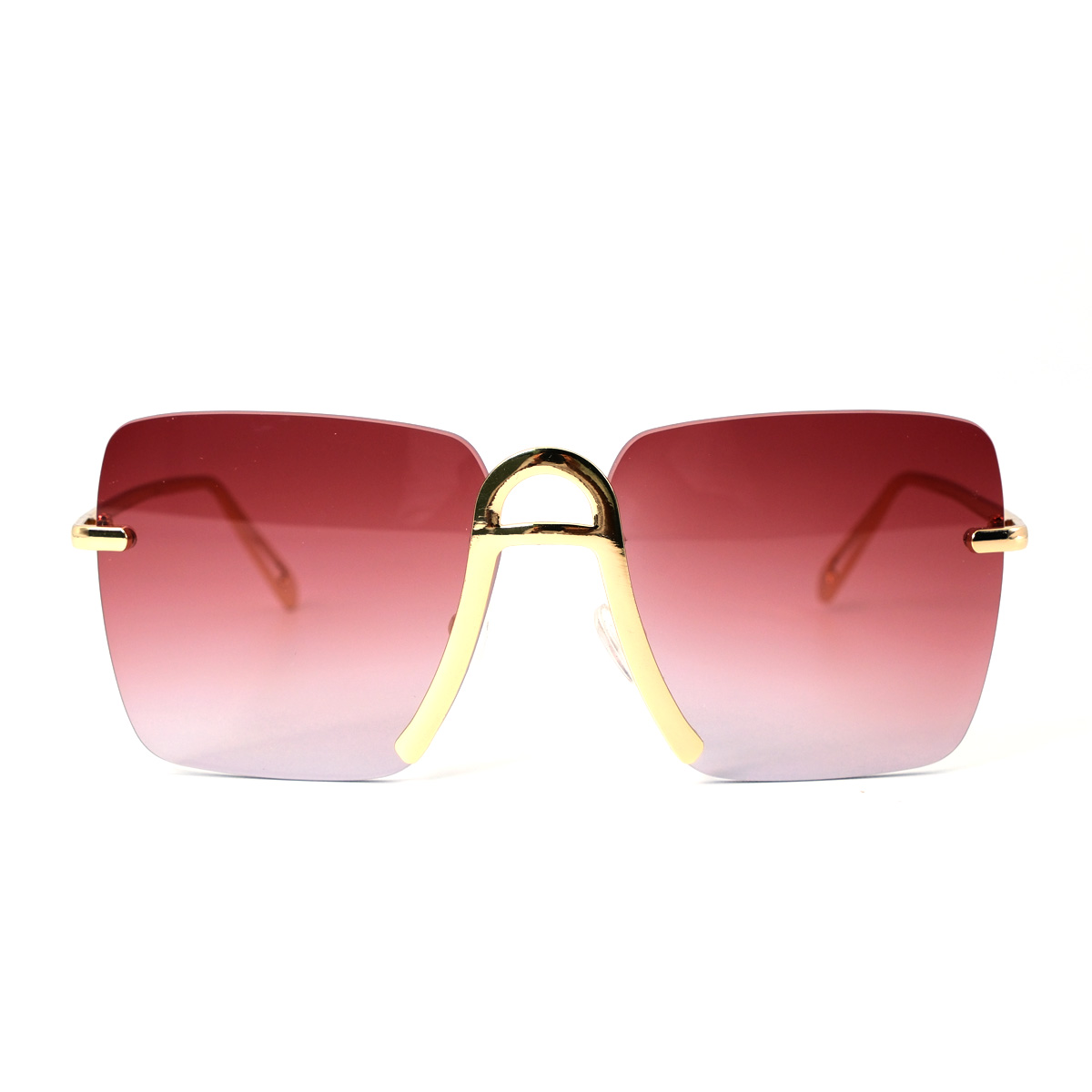The Difference Between Photogradient Lenses and Polarized Lenses
When it comes to choosing the right eyewear, understanding the differences between various lens technologies is crucial. Photogradient lenses and polarized lenses are two popular options that offer unique benefits. In this article, we will delve into the dissimilarities between these lens types, exploring their functionalities, advantages, and considerations. By gaining a clear understanding of photogradient lenses and polarized lenses, you can make an informed decision when selecting eyewear that aligns with your specific needs.
Photogradient Lenses:
Photogradient lenses, also known as photochromic lenses, are designed to adapt to different lighting conditions. These lenses contain special photochromic molecules that undergo a chemical reaction when exposed to ultraviolet (UV) light. The reaction causes the lenses to darken, providing protection against bright sunlight, and then lighten when UV light is reduced or eliminated.

Functionality:
The primary function of photogradient lenses is to automatically adjust their tint based on the intensity of UV light. When exposed to UV rays in sunlight, the lenses darken, reducing glare and providing adequate protection. In indoor or low-light conditions, the lenses gradually lighten, allowing for clear vision.
Advantages:
1. Versatility: Photogradient lenses offer convenience by eliminating the need to switch between regular eyeglasses and sunglasses. They provide seamless transition between different lighting conditions, making them suitable for both indoor and outdoor use.
2. UV Protection: Photogradient lenses provide reliable protection against harmful UV rays, reducing the risk of eye damage caused by prolonged sun exposure.
3. Visual Comfort: By reducing glare and adjusting to changing light conditions, photogradient lenses enhance visual comfort and minimize eye strain.
Considerations:
1. Activation Time: Photogradient lenses typically take some time to darken when exposed to UV light and lighten when moving to a lower UV environment. The speed of transition may vary depending on the lens brand and model.
2. Temperature Sensitivity: Photogradient lenses may have some sensitivity to temperature. In colder climates, the lenses may take longer to darken, while in hotter temperatures, they may darken more quickly.
Polarized Lenses:
Polarized lenses are specifically designed to reduce glare caused by reflected light, particularly from horizontal surfaces like water, snow, or roads. These lenses incorporate a special filter that blocks the intense horizontal light waves, allowing only vertical light waves to pass through.
Functionality:
The primary function of polarized lenses is to eliminate glare by selectively filtering out horizontally polarized light. By doing so, they enhance visual clarity, contrast, and color perception, particularly in bright outdoor environments.
Advantages:
1. Glare Reduction: Polarized lenses significantly reduce glare from reflective surfaces, such as water or snow, providing clearer vision and minimizing eye strain.
2. Improved Visual Clarity: By eliminating glare, polarized lenses enhance contrast and depth perception, resulting in sharper and more detailed vision.
3. Enhanced Color Perception: Polarized lenses maintain the true color perception of objects, allowing for more accurate color representation.
Considerations:
1. Limited UV Protection: While some polarized lenses also offer UV protection, not all polarized lenses provide the same level of UV defense. It is essential to choose polarized lenses that explicitly mention their UV-blocking capabilities.
2. Compatibility with Electronic Screens: Polarized lenses can sometimes interfere with the visibility of certain electronic screens, such as LCD displays, making them appear darker or distorted. This can affect the readability of devices like smartphones or GPS systems.
Conclusion:
Photogradient lenses and polarized lenses are distinct in their functionality and purpose. Photogradient lenses adapt to changing light conditions, providing convenience and UV protection, while polarized lenses excel at reducing glare and improving visual clarity, particularly in outdoor environments. When choosing between these options, it is important to consider your specific needs, preferences, and the environments in which you will use the eyewear. Consulting with an eye care professional can provide further guidance in selecting the most suitable lenses for your vision requirements. Ultimately, whether you opt for photogradient lenses or polarized lenses, both technologies offer valuable advantages that enhance your visual experience and protect your eyes.
